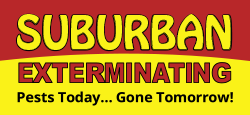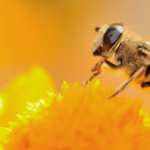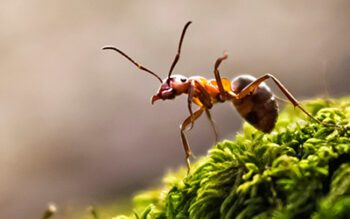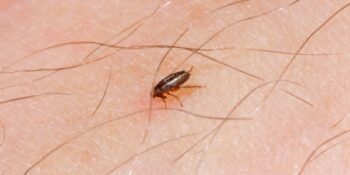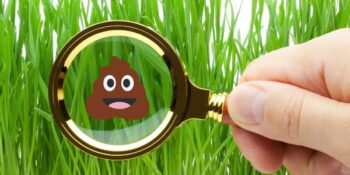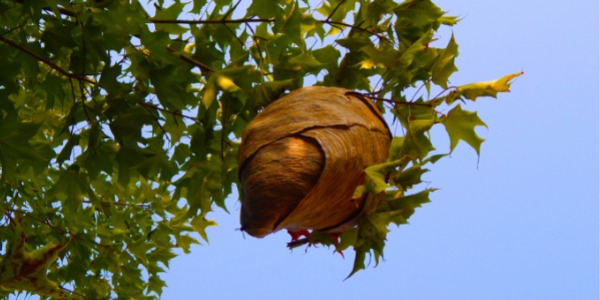
Pests on Long Island live in a variety of locations (with some more difficult to spot than others!) While these insects vary in their behaviors and habitats, there are a few insect nests that will be nearly impossible not to spot near your Long Island this summer.
Wasp Nests
Like many pests, different wasp species build different nests! On Long Island, we often see a few key types of wasps:
Yellow Jacket Wasps
Yellow jackets typically live in large colonies which can have up to 4,000 workers. A yellow jacket wasp colony will build up its population all spring and summer, then peak in both numbers and activity level in the late summer and early fall. Yellow jackets create paper nests in the ground, under eaves, in attics, and behind wall voids.
Digger Wasps
Digger wasps are a solitary species that lives in the ground. Even though digger wasps are solitary, which leads them to create their own individual nests, they will often be spotted nesting in clusters in the same general location. Digger wasps like to make their nest in the soil of thin or sparse grass.
Cicada Killer Wasps
It’s a big year for cicadas—2021 marks the first major emergence of the Brood X species in 17 years! Cicada killers, like digger wasps, are a solitary species. They build underground nests about a foot deep in loose soil, and their nests contain oval-shaped cells, where they lay their eggs. Common nesting areas for cicada killers include gardens, sandy areas found at playground or golf courses, lawns, and next to slabs of concrete.
Ant Nests 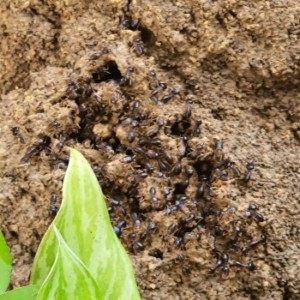
Like wasps, there are a variety of ant species on Long Island, each with unique behaviors. Here are the nesting habits for a few of the most common ant species you’ll see:
Argentine Ants
Argentine ants are easily identified by their massive colony size; a single Argentine ant colony may have hundreds of thousands of workers and hundreds of queens in it. As for their nesting habits, Argentine ants prefer to nest in areas where there is moist soil present. Argentine ants can typically be found nesting next to or underneath buildings, along sidewalks and beneath boards or landscaping ties. These ants generally nest outdoors but will move inside when the weather outside becomes too wet or dry.
Pavement Ants
Pavement ants get their name from their preference to nest underneath pavement, sidewalks, foundations, and masonry walls. If pavement ants find their way inside a home while foraging for food, they will nest behind walls, in insulation, and underneath floors.
Citronella Ants
Appropriately named for the lemony, citronella-like smell they give off when crushed, citronella ants are nocturnal…so you may never actually see them! Outside, citronella ants will nest in moist soil that is found along the house foundation, underneath concrete slabs, and under rotten trees or logs. Inside homes, they will nest in areas of high moisture like behind the tiled walls of bathrooms, underneath the bathroom or kitchen floors, and in moist crawl spaces.
Bee Nests
Some bees, like honeybees will build hives underground, however some species will build nests underground! Here are the nesting habits of Long Island bees: 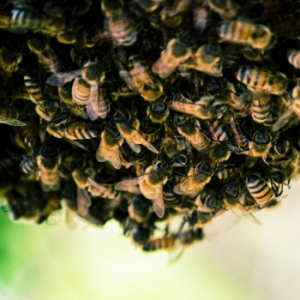
Carpenter Bees
Carpenter bees are a solitary species of bee and do not live together in large nests; instead, individual bees will create tunnels and nesting areas in pieces or softwood. Carpenter bees prefer nesting in wood that has not been treated (painted, stained) in any manner. Carpenter bees can be found creating nesting tunnels in sheds, decks, porches, wooden playsets, telephone poles, wooden lawn furniture, and wood roof eaves.
Honeybee Nests
Honeybees are very social and live in large colonies. They usually create their nests up off the ground in tree cavities, under decks or other structures, and in the crevices of large rocks. They will also, unfortunately, build their nests in the chimneys, attics, and spaces behind walls in homes, garages, and sheds.
Insect Nests Around Your Long Island Home? Call Suburban!
The first step toward protecting your home and family from pests this summer starts with a bit of basic information on identifying your problem pests and understanding more about their nesting behaviors. Need help with insect nests around your home this summer? Call or text Suburban Exterminating at (631/516) 864-6900—we’ve got you protected!
